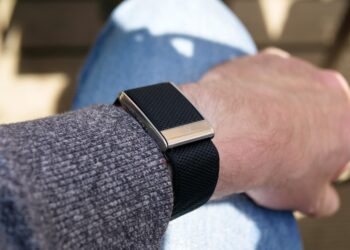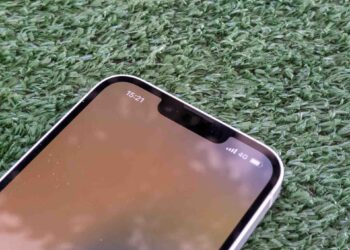While Apple’s venture into the XR wearable market hasn’t matched the explosive success of the iPhone or Apple Watch, the tech giant is determined to push forward with future models. Although initial plans for a more affordable headset may have been put on the back burner, a new version of the Vision Pro could be released in approximately a year.
In a recent edition of his PowerOn newsletter, Mark Gurman from Bloomberg suggests that Apple is considering launching the second-generation Vision Pro headset sometime between Fall 2025 and Spring 2026. This timeline aligns with the typical schedule for unveiling updated iPhones and intermittent Mac hardware.
Reports indicate that Apple is exploring various design concepts for this next-generation headset. However, Gurman asserts that one design option for the Vision Pro 2 closely resembles its predecessor. This approach is in line with Apple’s history, where internal hardware revisions often occur without altering the external design across their iPhone, Mac, or Apple Watch lines.
This seems like a logical strategy for the Vision Pro successor since it represents some of the most advanced engineering Apple has offered in years. Maintaining the foundational architecture while enhancing processing capabilities and optimizing software would be a sensible move, especially considering the company’s substantial investment in research and development.

On the topic of enhancements, previous reports from Bloomberg have indicated that the second-generation Vision Pro is expected to be fitted with M5 silicon. Currently, Apple is in the process of refreshing its Mac lineup with M4 series processors, an effort anticipated to extend into 2025.
Industry analyst Ming-Chi Kuo believes that the new Vision Pro headset could begin production in the latter half of 2025, transitioning from an M2 to an M5-class processor. Another significant upgrade may include expanded capabilities for Apple Intelligence.
In addition, Apple has started examining the development of smart glasses. Earlier this year, companies like Meta and Snap showcased their innovative smart glasses focused on interactive AR applications, built on custom hardware. Apple seems poised to enter this competitive space as well.
Gurman notes, “With smart glasses, the company could take various approaches, including creating a glasses version of its AirPods.” For the time being, Apple has not publicly addressed its eventual ambitions in the XR sector, so it’s essential to approach these predictions with cautious optimism.





